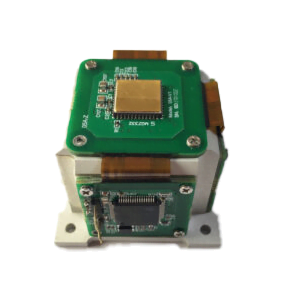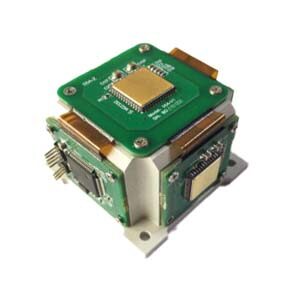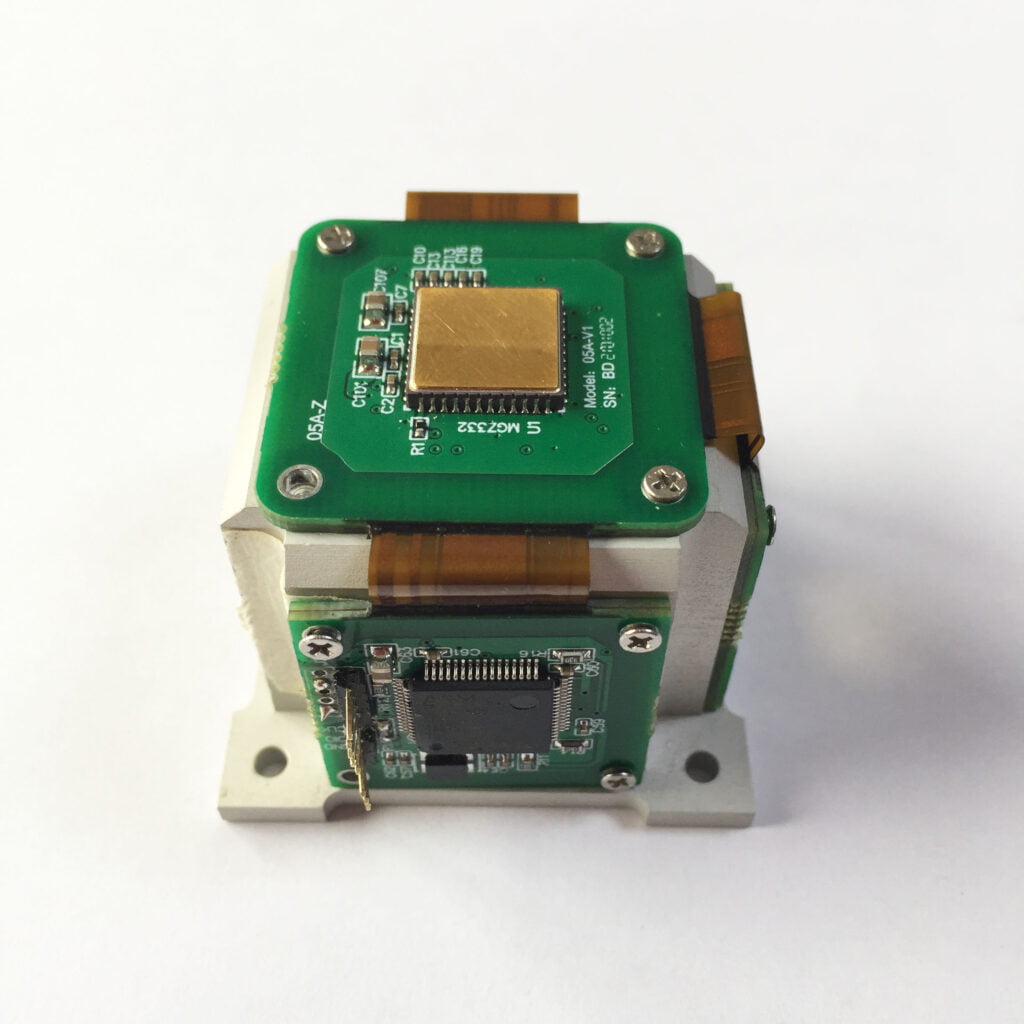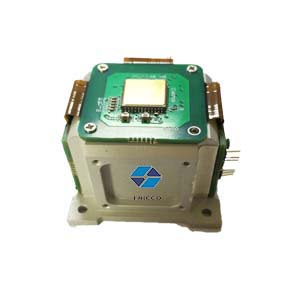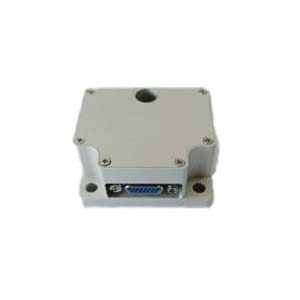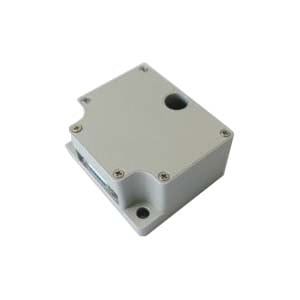Introduction
Inertial Measurement Unit (IMU) is a sensor component that integrates an accelerometer and a gyroscope and is used to measure the linear acceleration and angular velocity of an object. However, due to the influence of temperature, the IMU will produce a temperature drift phenomenon, that is, its output value will shift as the temperature changes. In order to accurately measure the object's attitude and motion state, the IMU temperature drift removal algorithm needs to be processed.
This article will introduce in detail the principle, common methods and practical applications of the IMU temperature drift removal algorithm.
Principle
The temperature drift of the IMU mainly comes from the impact of its internal components on changes in ambient temperature. Accelerometers and gyroscopes will produce different bias and amplification errors at different temperatures, causing output values to shift.
Therefore, the principle of the IMU temperature drift removal algorithm is to find and eliminate errors caused by temperature changes by comparing the output values of the IMU at different temperatures.
1.Common methods
1.1Temperature drift array method
The temperature drift array method is a simple and effective method for removing temperature drift from IMU. It builds a temperature drift array by pre-collecting a series of IMU output data at different temperatures. Then, in actual applications, by comparing the IMU output value at the current temperature with the value in the closest temperature drift array, the temperature-induced error is calculated and compensated.
The specific steps are as follows: 1. Collect IMU output data at different temperatures, including the output values of the accelerometer and gyroscope. 2. Classify the collected data according to temperature and calculate the average value at each temperature. 3. Construct a temperature drift array and store the average value corresponding to each temperature. 4. In practical applications, find the closest values in the two temperature drift arrays based on the current temperature, and perform linear interpolation to calculate the compensation coefficient. 5. Use the compensation coefficient to correct the current IMU output value.
1.2Model fitting method
The model fitting method is a more accurate but also more complex IMU temperature drift removal method. It describes the output characteristics of the IMU at different temperatures by establishing a physical model and fitting the model parameters based on measured data. Then, in practical applications, the model parameters are used to predict and compensate for errors due to temperature changes.
The specific steps are as follows: 1. Collect a series of IMU output data at different temperatures, including the output values of the accelerometer and gyroscope. 2. Establish a physical model, such as a polynomial model or exponential model, to describe the relationship between the IMU output value and temperature. 3. Use the collected data to determine model parameters through a curve fitting algorithm. 4. In practical applications, model parameters are used to predict and compensate for errors in the IMU output value based on the current temperature.
Practical application
The IMU temperature drift removal algorithm is widely used in aerospace, unmanned driving, motion tracking and other fields. It can improve the accuracy and stability of IMU in complex environments.
Taking autonomous driving as an example, autonomous vehicles need to accurately perceive their own posture and motion status in order to make correct decisions. However, under different climate conditions, the internal temperature of the vehicle will change, causing the IMU output value to shift. If temperature drift removal is not carried out, it will have a serious impact on vehicle navigation and control.
Therefore, it is necessary to use the IMU temperature drift algorithm in unmanned driving systems. By collecting IMU data in real time and performing temperature drift processing based on the current temperature, the vehicle's positioning and navigation accuracy can be improved, thereby achieving a safer and more reliable unmanned experience.
Conclusion
The IMU temperature drift removal algorithm is an important signal processing technology used to eliminate errors caused by temperature changes in the IMU. Commonly used methods to remove temperature drift include the temperature drift array method and the model fitting method. These methods are widely used in aerospace, autonomous driving and other fields.
Through the processing of the IMU temperature drift removal algorithm, the measurement accuracy and stability of the IMU in complex environments can be improved, and more accurate and reliable data support can be provided for various application scenarios. IMU independently developed by ERICCO. For example, the ER-MIMU-01 with navigation level and north-seeking function has a bias stability of <0.1°/h and an angular velocity random walk of <0.005°/h. The accuracy is relatively high and the stability is relatively good.
If you want to purchase an IMU, please contact our relevant technical personnel.
More Technical Questions
1.Adaptive method to detect vehicle motion status using MEMS-IMU
2.IMU denoising method based on wavelet and long short-term memory
3.IMU and GPS fusion algorithm principle
4.MEMS IMU error analysis and compensation
5.Reusable spacecraft IMU dynamic accuracy assessment method
6.Research on MEMS IMU error modeling and temperature compensation technology
Products in Article
